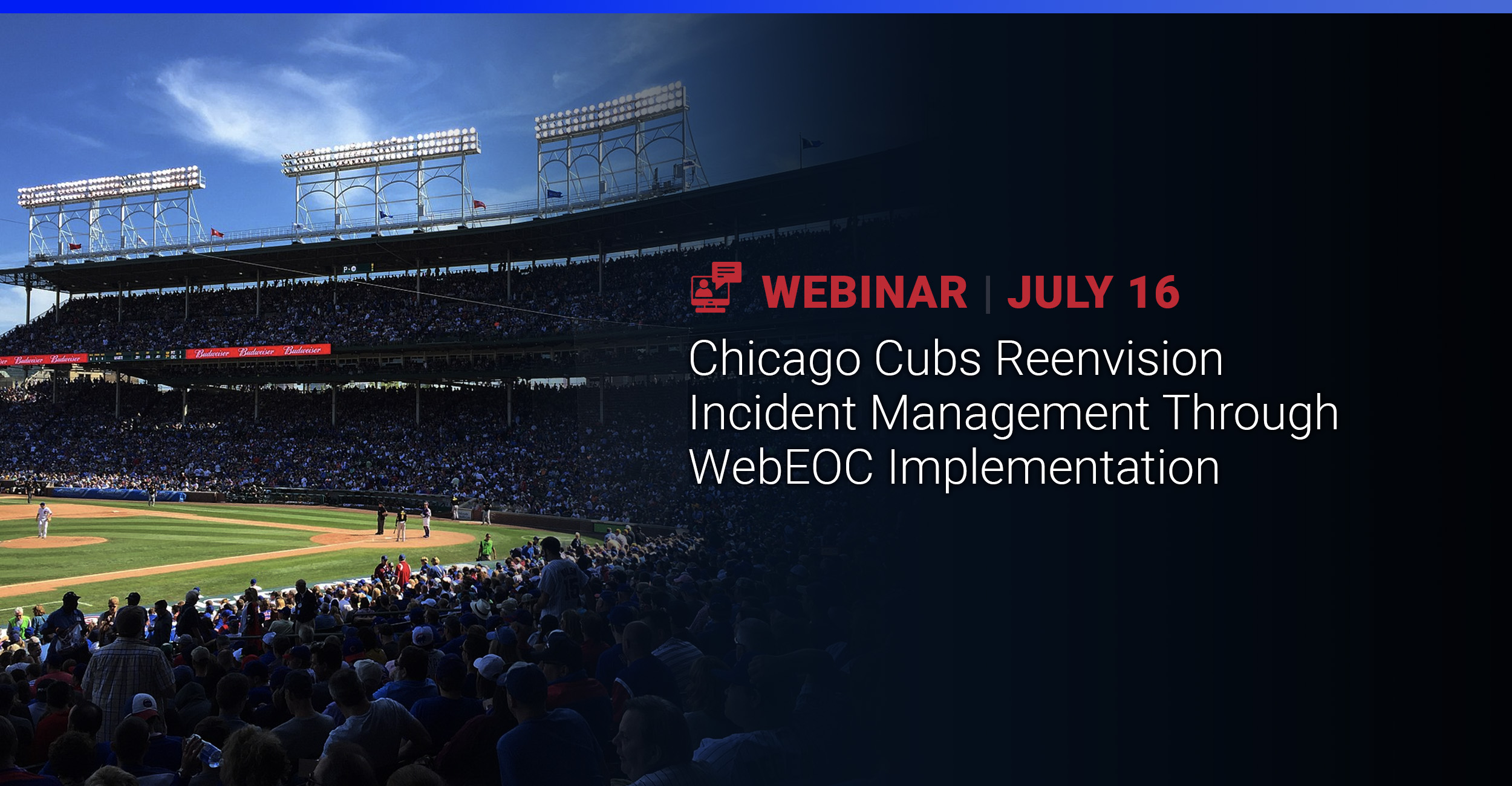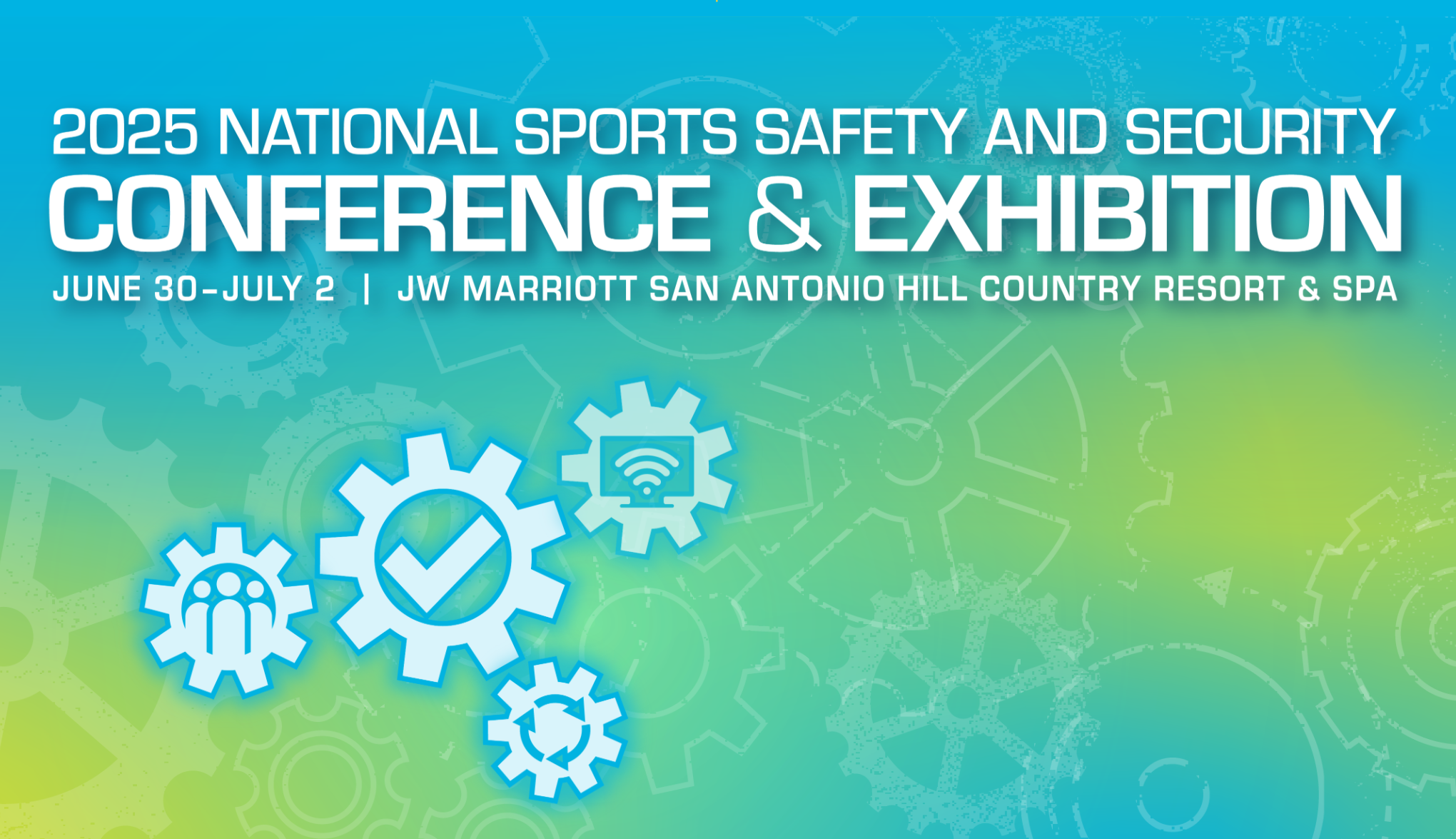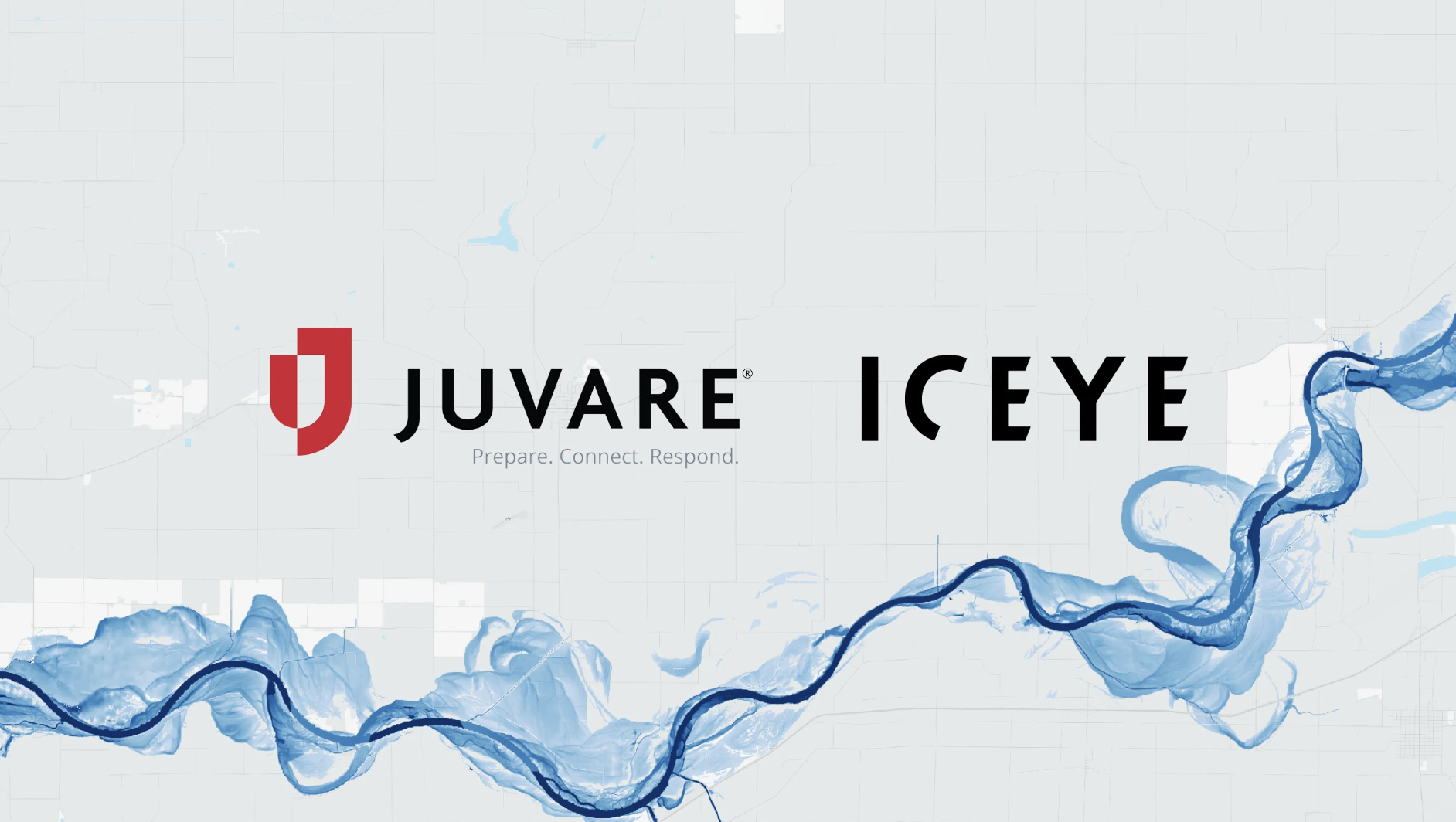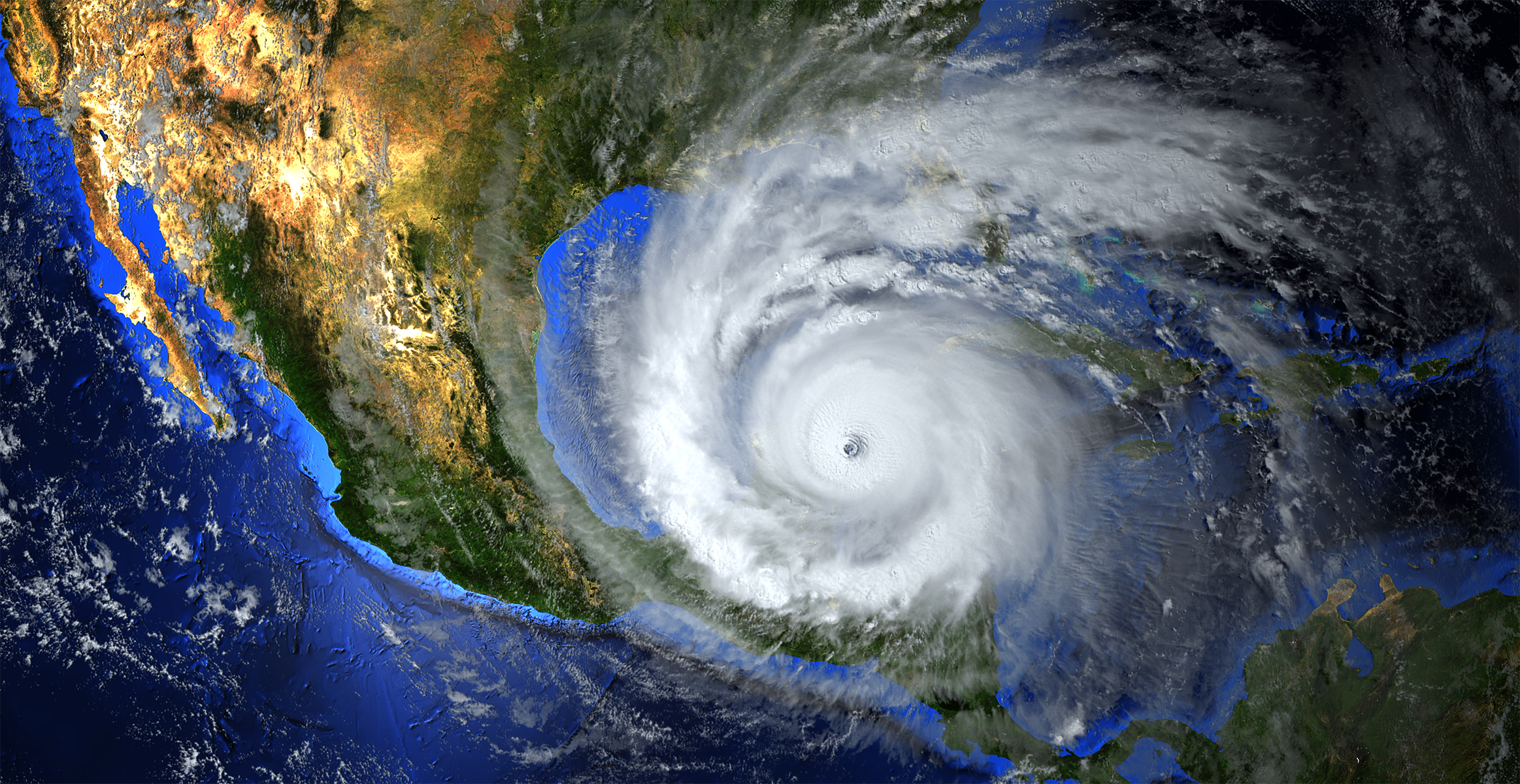Citizen participation as public health, medical reserve corps and Community Emergency Response Team (CERT) volunteers can make the difference in our country’s ability to efficiently respond to a disaster or mass casualty incident. However, for volunteers to enhance emergency preparedness efforts, they must first be trained in the processes to follow and the tools to use, and then be provided the opportunity to exercise or drill their skills in order to ensure they are ready to assist in response to an emergency, incident or event.
Each year, during the month of October, Intermedix clients who use the CORES Responder Management System (RMS) for volunteer management are invited to participate in a coast-to-coast, cross-jurisdiction exercise to evaluate their readiness to respond and deploy volunteers to a simulated disaster or incident. The exercise, known as Autumn Charge, evaluates systems and processes, and helps ensure trained and exercised volunteers are ready to assist when needed. Autumn Charge provides an opportunity for states to exercise their volunteers locally, in addition to simulating the deployment of volunteers to other states. We’ve witnessed the importance of the latter during the actual response to the recent hurricanes.
The Autumn Charge VIII Exercise meets the Homeland Security Exercise and Evaluation Program(HSEEP) guidelines and focuses on two mission areas-Protection and Response. Exercise play is limited to the overall response and decision-making processes, in addition to integration and coordination among responding public health, emergency management and allied public safety agencies as they relate specifically to volunteer mobilization and management using the CORES RMS system.
During the October 2017 exercise, Autumn Charge VIII, players from 20 states, Guam, the Commonwealth of the Northern Mariana Islands, American Samoa, and the Federated States of Micronesia participated. Nearly 300 volunteer leaders and thousands of volunteers participated in October’s exercise.
The scenario for the Autumn Charge VIII Exercise was an influenza pandemic. Players were requested to staff Points of Dispensing (POD) facilities and animal shelters, fulfill mortuary requests and deploy volunteers to other states. After Action Reports (AAR), which included Improvement Plans, provided information for the participants to continue the exercise cycle of “plan, do, check and act.”
Some of the findings during the Autumn Charge VIII Exercise included the following:
- Participants found the exercise very beneficial; with continual practice, they are able to notify and deploy volunteers in a more efficient manner.
- Participating administrators also realized the importance of having back-up administrators to aid in managing volunteers during a disaster or event.
- Administrators noticed a lack of trained volunteers for specified occupations that may be needed during a disaster, such as mortuary and veterinary volunteers.
- Increased communication between administrators and volunteer managers is necessary to better facilitate processes and procedures.
- Enhance capabilities to deploy volunteers to other states.
- Creation of templates before the disaster/event to expedite the volunteer notification/management process.
- Update volunteer information on a consistent basis.
- Needs for an increase in the number of volunteers.
- Need to establishing a continual stream of training for volunteers and the leaders managing the volunteer programs
Leaders need to know their volunteers are prepared before a disaster strikes the community and citizens urgently need their help. The Autumn Charge Exercise provides such an opportunity for leaders and their volunteers to evaluate their overall readiness, while simultaneously equipping their essential personnel with hands-on experience and assisting the volunteers in gaining knowledge and competence through the challenge of exercising their skills.
Participants of the Autumn Charge VIII Exercise shared the following findings. Administrators:
- Indicated the exercise was very beneficial; with continual practice, they were able to notify and deploy volunteers in a more efficient manner.
- Realized the importance of having back-up administrators to aid in managing volunteers during a disaster or event.
- Noticed a lack of trained volunteers for specified occupations that may be needed during a disaster such as mortuary and veterinary volunteers.
- Recognized that increased communication between administrators and volunteer managers is necessary to better facilitate processes and procedures.
- Recognized a need to enhance their capabilities to deploy volunteers to other states.
- Noted that creation of templates before the disaster or event is necessary to expedite the volunteer notification and management processes.
- Recognized the need to update volunteer information on a consistent basis.
- Mentioned the need to increase the number of registered volunteers.
- Observed the need to establish a continual stream of training for both volunteers and the leaders in charge of managing the volunteer programs.

















